Right now in Australia, we are seeing some smaller electricity retailers being forced out of the market and voluntarily shedding customers. One example came this week, when ReAmped Energy told customers they should leave because bills were set to double.
These sorts of retailers have gained a few percent of the overall market by offering cheap prices via wholesale purchases on the electricity spot market, which is usually cheaper than arranging supplies through long-term contracts with generators.
But with shortages of electricity (which are from time to time inevitable) come very high spot market prices. What we are seeing today is fringe retailers selling electricity for $130 per megawatt hour that they previously bought at under $100 per megawatt hour but which is now costing them $200 or $300.
Wholesale prices are up three to fourfold compared to this time last year.
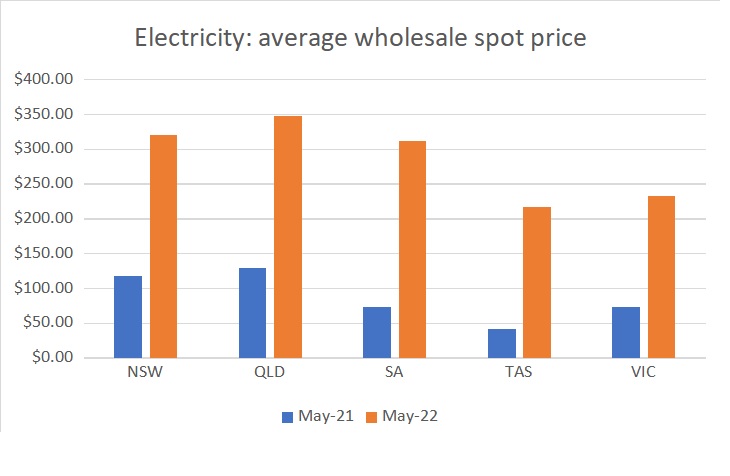
At the same time, the energy regulator has transformed a measure designed to repress extreme retailer price offerings into a form of price capping. As a result, the regulator will allow the price of electricity to increase by only 10 to 12 per cent on 1 July of this year. If present wholesale prices persist, prices will have to double.
High wholesale prices stem from the attempts of Australian governments, like those of other Western nations, to replace domestic coal, gas, and nuclear power by wind and solar.
Electricity supply that depends on the vagaries of the weather can no more match that of controllable power than sail-ships can outperform steamships. The wind and sun might be free, but harnessing them cannot match the costs of fossil and nuclear power. These lessons, learned in the 19th century, have been abandoned by a generation of Woke politicians, hysterical mantra-chanting climate activists, and canny subsidy-seeking business people.
America was inoculated from policy-induced high energy prices by Donald Trump’s deregulatory policies – especially covering fracking to extract oil and gas – which transformed America into a net energy exporter for the first time in sixty years.
The Biden Administration is reversing Trump’s measures, but their momentum still leaves American prices for both electricity and gas at less than half those in Europe and Australia.
Europe’s renewables-oriented policy involved balancing supply with Russian gas imports. The Ukraine War’s supply disruptions revealed the folly of this approach.
High Australian prices for gas (now administratively capped at a price that is eight times its previous level) and electricity owe much to the international trends. And we have made the same policy blunders as Europe in preventing fracking, penalising coal, and subsidising renewables.
Australia’s high prices are partly due to government policies forcing high cost, low-reliability renewables into the supply, causing closures of coal plant. But the reliability of the remaining 47 generation units has not markedly deteriorated. What has taken place is a squeeze on their coal supplies as a result prevention of new coal mine capacity. This is illustrated in the NSW government’s decision to disallow the Coborra coal mine, which was to supply Origin Energy’s now-to-be closed Eraring generator.
Policy-driven coal shortages may have been augmented by some domestic coal supplies being diverted to very high-priced overseas markets though such activity is constrained by coal quality, and rail and port capacity. This is less so with gas, the high price of which is driving up electricity prices.
One outcome of the current situation is a return to the profitability of the coal generators.
AGL is Australia’s largest electricity business. Its assets include 12 generation units in its three giant coal plants. These produce 34 million megawatt hours of electricity a year.
Incompetent management has reduced AGL’s value by two-thirds. Mr Cannon-Brookes’ strategy is an early closure of its coal generators. And yet, the flipside of current high prices is a boom in the value of AGL’s coal generators.
By all accounts, the firm has adequate long-term coal contracts, which allow it to produce electricity at around $30 per megawatt hour. At present prices that is worth a net $8 billion a year – roughly what the market values the firm as an ongoing entity! Of course, unlocking that requires contracts to be renegotiated and a continuation of current high prices. Nonetheless, the Ukraine War has revealed considerable unrecognised value of AGL, other coal generators, and gas and coal generally.
Predictably, the government is the last to recognise these changes. It is still speaking in slogans, claiming that under its policies renewables will generate 82 per cent of electricity by 2030, up from under 30 per cent today. When they come to do the arithmetic, they will find that this involves an impossible tripling of the current nine gigawatts of installed renewable capacity, spending a great chunk of their proposed $80 billion to quadruple transmission capacity, and a toleration of even higher-cost and unreliable supply that variable wind and solar electricity entail.
Eventually, somebody will pluck up the courage to ‘tell ‘em they’re dreamin’’.
Got something to add? Join the discussion and comment below.
Get 10 issues for just $10
Subscribe to The Spectator Australia today for the next 10 magazine issues, plus full online access, for just $10.

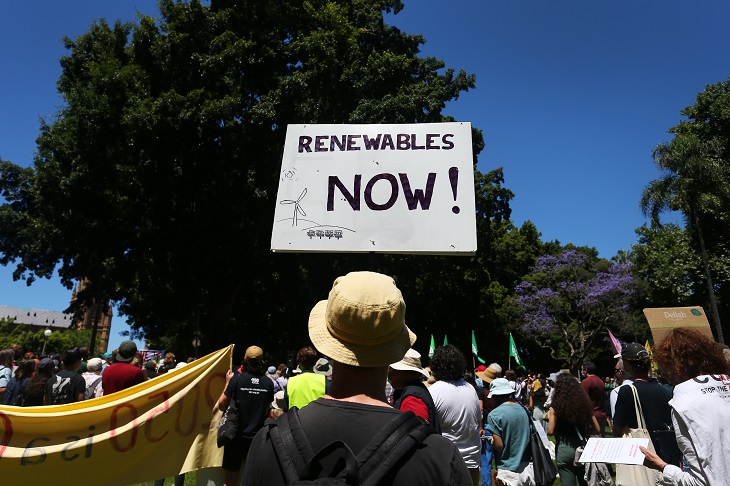


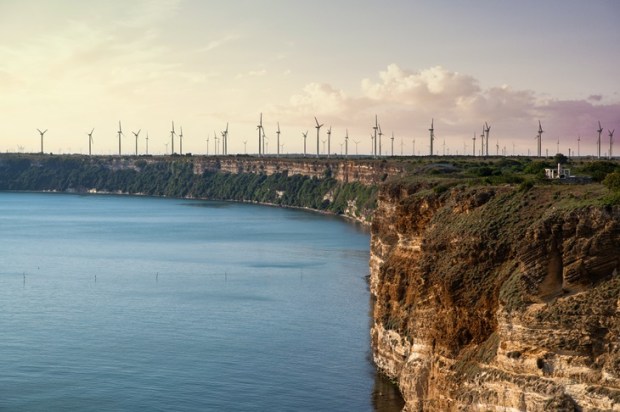
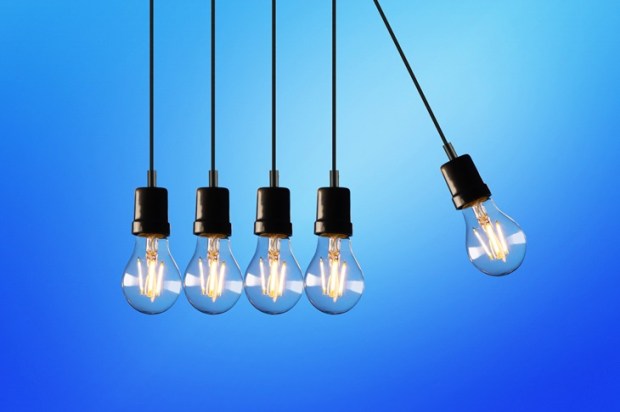
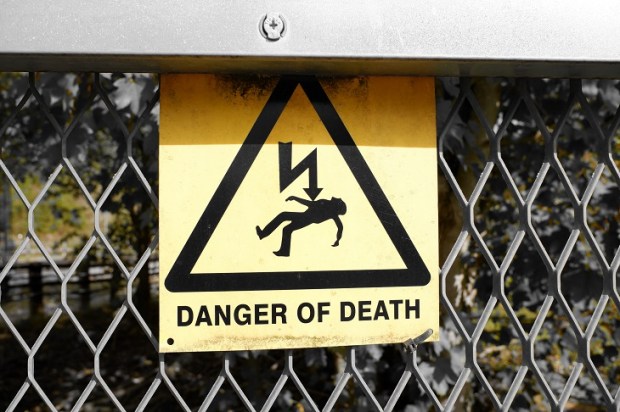
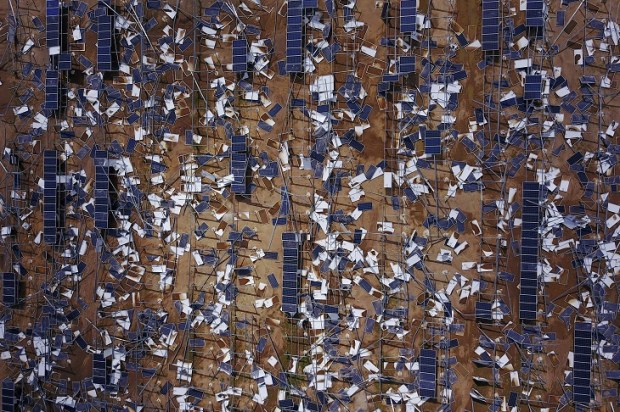


















Comments
Don't miss out
Join the conversation with other Spectator Australia readers. Subscribe to leave a comment.
SUBSCRIBEAlready a subscriber? Log in